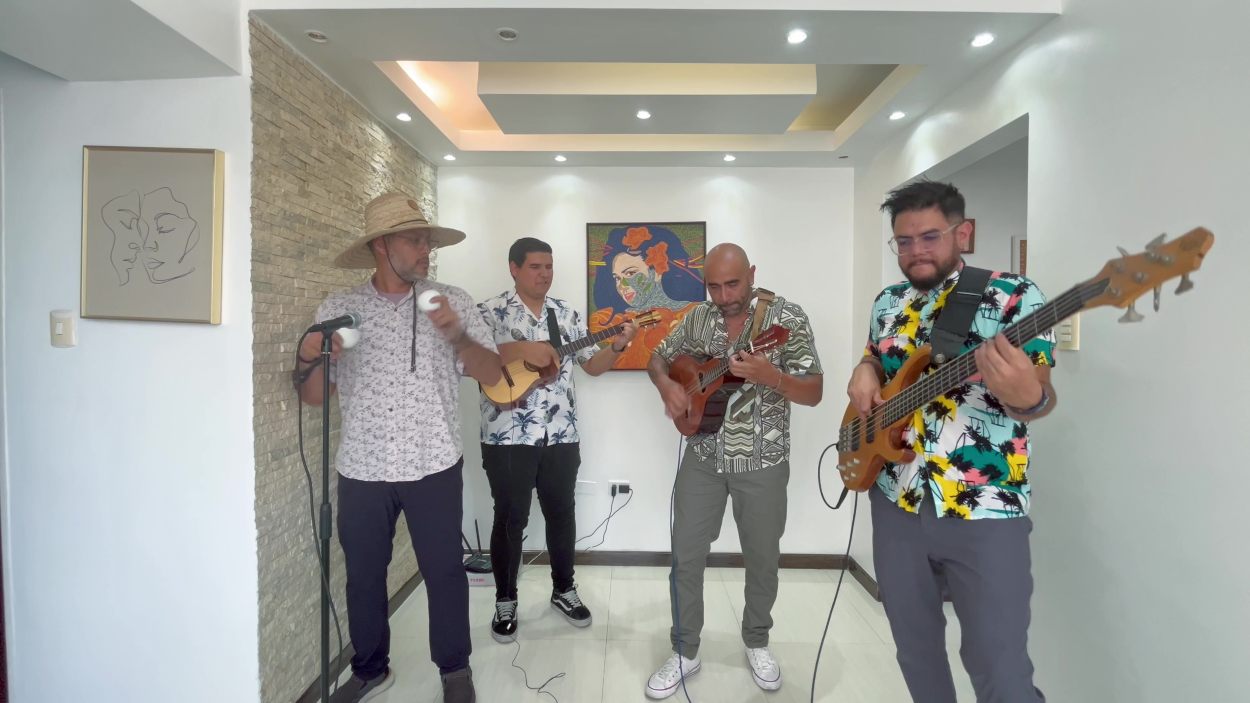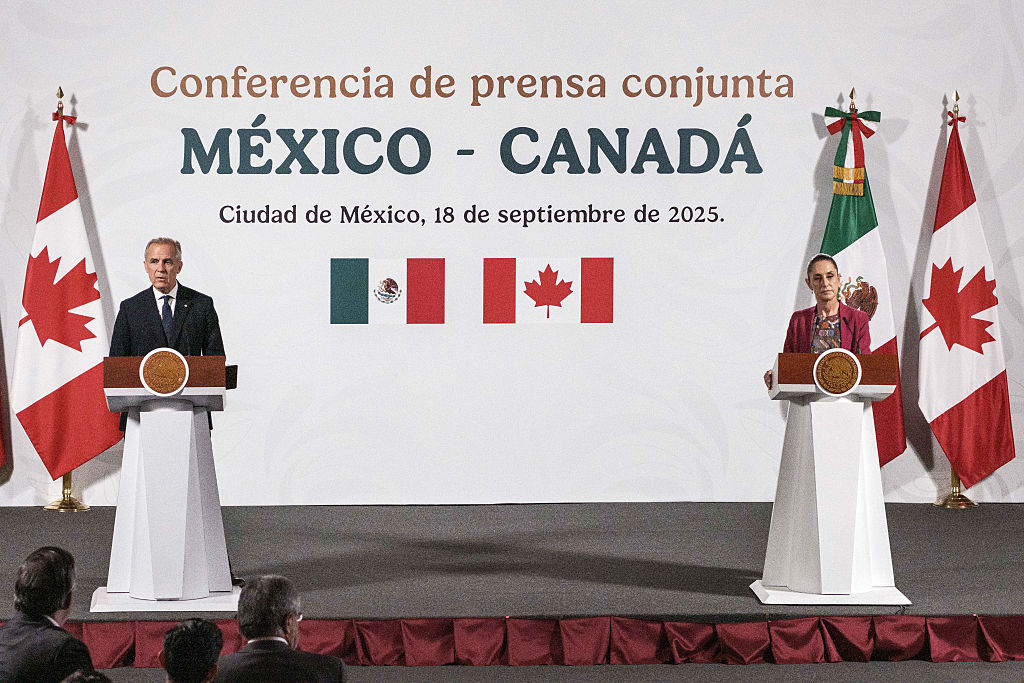Mexico: A Not-So-Distant Neighbor
Mexico: A Not-So-Distant Neighbor
The Wilson Center’s Andrew Selee writes in the Houston Chronicle on U.S.-Mexican collaboration to combat drug violence and trafficking. “[W]hile stepped-up enforcement on the border is certainly welcome, it can hardly be the primary solution,” he writes. Excerpted from an Americas Quarterly essay.
The new era of U.S-Mexico co-responsibility took another step forward last month. In Mexico City, Mexican Attorney General Eduardo Medina-Mora and U.S. Assistant Secretary for Immigration and Customs Enforcement John Morton announced new guidelines to allow for the two countries to cooperate in sharing information on arms trafficking cases.
The collaboration builds on intense bilateral activity since President Barack Obama came to office. Obama has already met with President Felipe Calderón twice. Three U.S. cabinet secretaries, including Secretary of State Hillary Clinton, have traveled to Mexico City, and there have been at least seven congressional trips and a dozen congressional hearings focused on the United States' southern neighbor.
The flurry of high-level diplomacy should surprise no one. The reports of drug-related violence in Mexico raised fears of spillover violence on the border, but it also reminded policymakers in this country how important a partner Mexico is. Not only is Mexico a neighbor, with whom we share a 2,000-mile border, but also this country's second market for exports, the country of origin of almost a tenth of America's population, and a key ally in the region on a range of hemispheric issues. We are geographically, economically and socially joined at the hip.
To deal with drug violence, the two governments have agreed to cooperate on tracking narcotics traffickers whose operations take place in both countries and to work together on prosecutions. U.S. officials have offered to strengthen existing justice assistance programs, including helping Mexico to modernize courts and police forces, and to supply additional equipment for law enforcement efforts.
Perhaps most significantly, the Obama administration has agreed to crack down on the demand for narcotics and the flow of drug money and high-caliber weapons from the United States, which are a prime contributor to Mexico's drug violence and corruption. The Calderón administration, meanwhile, has vowed to continue to make the fight against drug traffickers and reform of weak law enforcement its number one priority.
The hallmark of these efforts is what Clinton has called “co-responsibility,” a recognition that both countries are affected by the threats drug traffickers pose to public security and need to address these together. Both she and Obama have acknowledged that the billions of dollars that Americans spend each year on illegal drugs fuel organized crime in Mexico, while Calderón has recognized that weak and often corrupt law enforcement institutions in Mexico have allowed these organizations to prosper.
The notion of shared responsibility is not new, and it served as the basis for former President George W. Bush's announcement in 2007 of the Mérida Initiative, a three-year, $1.4 billion package of U.S. assistance to Mexico and Central America for combating organized crime. But the high-profile acknowledgment by both current administrations of the gravity of the crisis this year has opened the door for new cooperation.
To date, we have seen a few highly positive signs of progress from these renewed commitments. The U.S. Congress has sped up the timetable for the Mérida Initiative and already appropriated $1.1 billion. We have also seen an increase in funding for efforts to intercept firearms and bulk cash moving south, including additional Alcohol, Tobacco and Firearms (ATF) and Customs inspectors dedicated to this, along with increased southbound inspections in both countries. To promote the sharing of information, the governments are planning a new hub in Mexico City where vetted personnel from law enforcement and intelligence agencies from both countries will work under the same roof.
The Mexican government also has shown a new resolve to go after public officials who assist drug traffickers. In a series of sweeping operations in May, the federal government arrested ten mayors and a number of state officials from all major political parties.
While these are all positive steps, not all signs are equally encouraging. Despite an Obama administration commitment to tackle the consumption of narcotics, next year's narcotics budget actually decreases support for demand-reduction efforts slightly.
At the same time, while stepped-up enforcement on the border is certainly welcome, it can hardly be the primary solution to dealing with southbound flows.
Most drug money (estimated at $18 billion to $38 billion a year) now flows south as bulk cash, and it is best stopped inland, long before it reaches the border and is divided into smaller, hard-to-find shipments. The same is true of the assault weapons, which need to be tracked at the point of sale. Border enforcement in both cases is only a start.
These are reminders that commitments are only a start. Even the best plans to deal with organized crime will require perseverance, constant reappraisal, a great deal of patience, and continued, persistent forward progress.
Andrew Selee is director of the Woodrow Wilson Center's Mexico Institute. This draws from his article in the forthcoming summer 2009 issue of Americas Quarterly.








